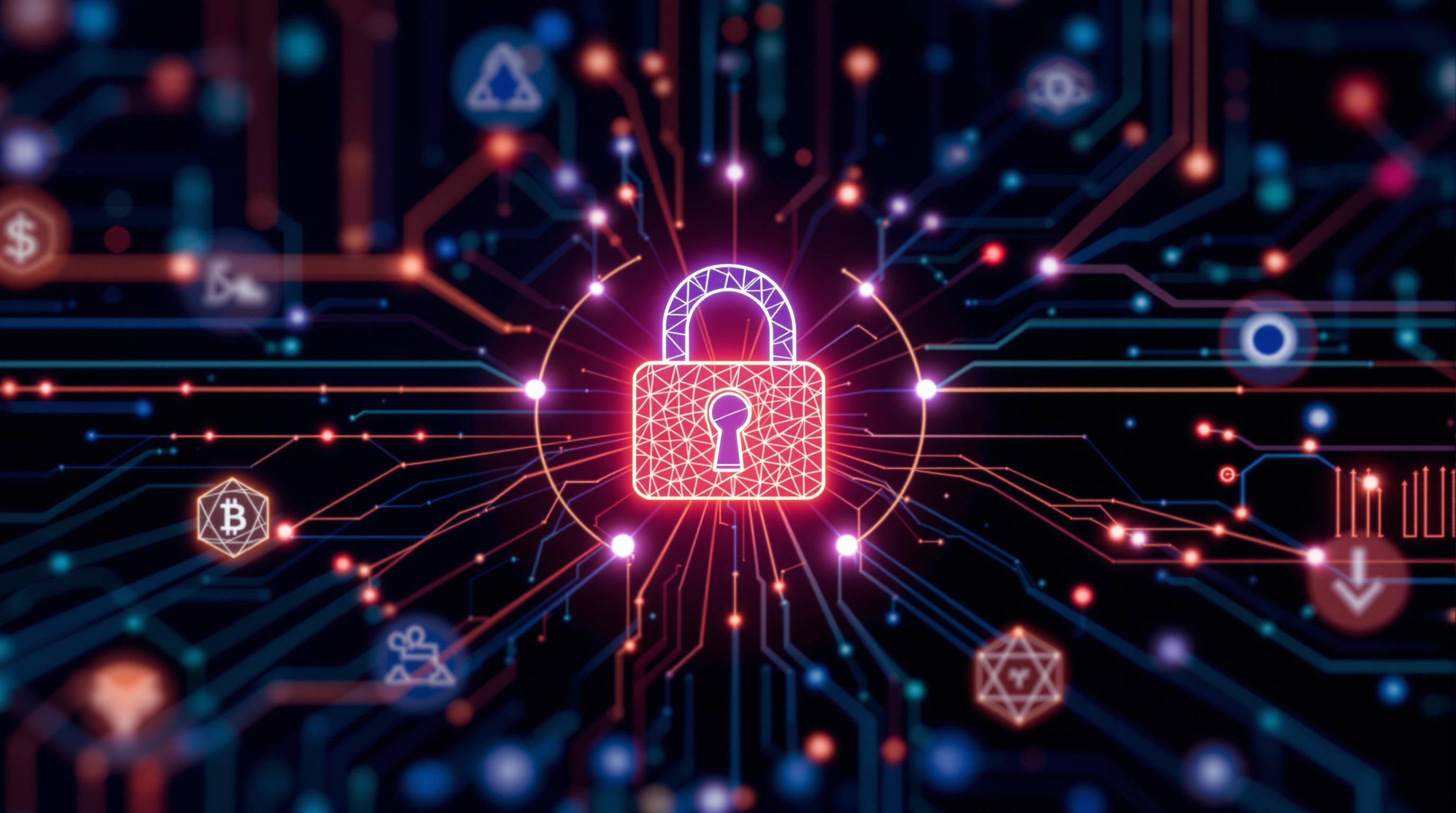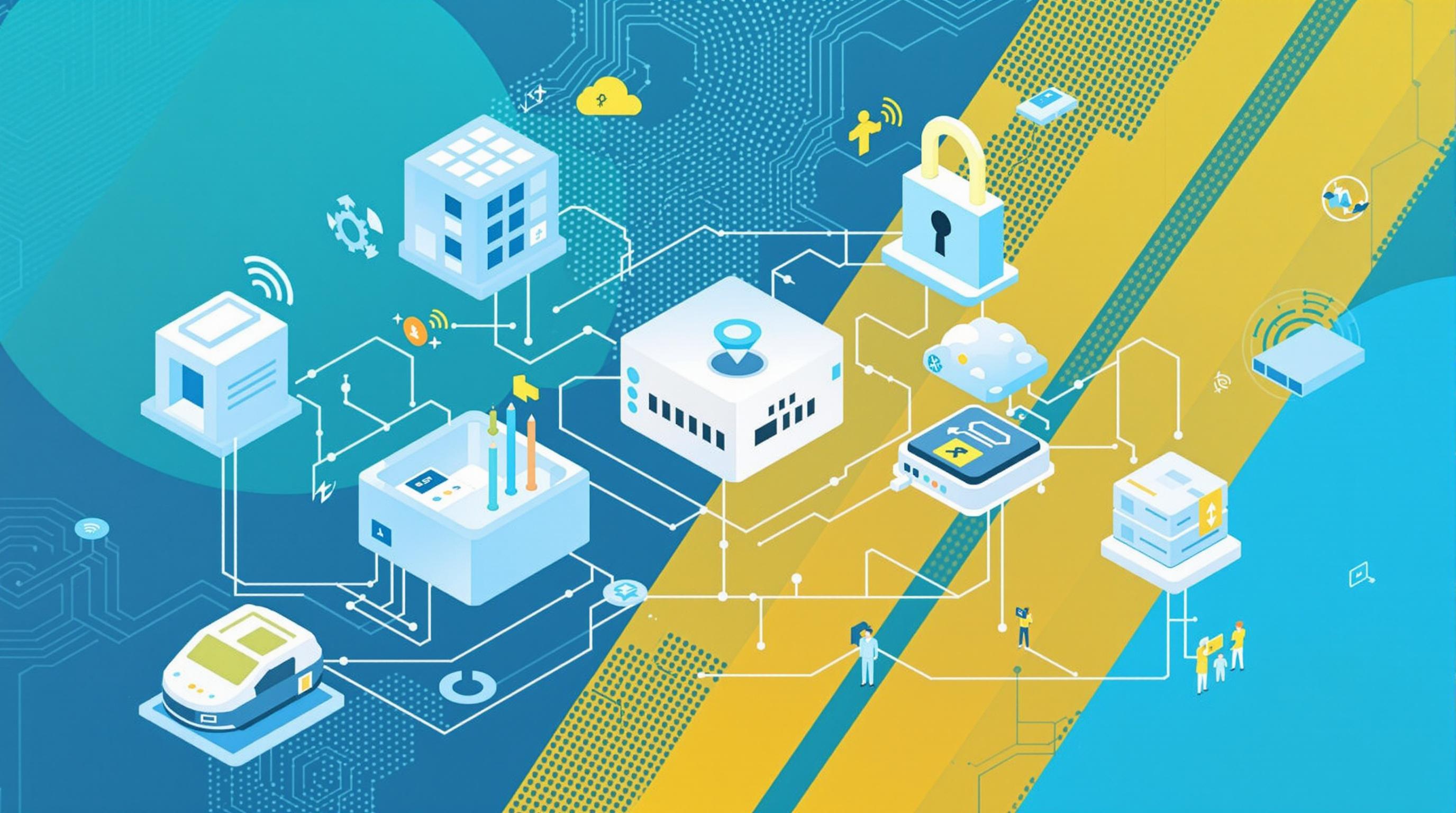Related Articles
- 7 Game-Changing Encrypted Messaging Apps Released Since 2019 That Redefine User Control
- Exploring Quantum Entanglement as a Future Layer of Protection for Connected Devices in Decentralized Networks
- Top 7 Privacy-Focused Cloud Backup Services Released Since 2019 That Redefine Data Control
- Exploring Psychological Barriers That Prevent Wider Adaptation of Dual Verification in Everyday Tech Use
- Top 6 Privacy-Focused Browsers from the Last Five Years That Outpace Giants in Speed and Security
- 6 Lesser-Known Identity Protection Gadgets From the Last Five Years That Actually Outperform Popular Brands
11 Emerging Quantum Cryptography Techniques Set to Revolutionize IoT Security Protocols by 2026
11 Emerging Quantum Cryptography Techniques Set to Revolutionize IoT Security Protocols by 2026
11 Emerging Quantum Cryptography Techniques Set to Revolutionize IoT Security Protocols by 2026
Introduction to Quantum Cryptography in IoT
The Internet of Things (IoT) is expanding rapidly, connecting billions of devices worldwide. However, this growing network introduces critical security challenges, particularly with conventional cryptographic methods vulnerable to evolving cyber threats. Quantum cryptography, leveraging the principles of quantum mechanics, promises to enhance the security framework fundamentally.
By 2026, emerging quantum cryptography techniques are expected to revolutionize how IoT devices communicate securely. These innovations will address weaknesses inherent in classical encryption and secure data integrity in an increasingly connected world.
Leading research from institutions like the Quantum Information Science and Technology community and companies such as IBM and Google has accelerated developments in this area. Their findings underscore the potential of quantum cryptography to protect sensitive IoT data against future quantum-enabled attacks.
1. Quantum Key Distribution (QKD)
Quantum Key Distribution uses the principles of quantum mechanics to exchange encryption keys securely. It ensures that any eavesdropping attempt disturbs the quantum state, alerting parties to potential interception.
In the IoT context, QKD enables devices to share secrets with provable security, drastically reducing the risk of key compromise. Its implementation in constrained IoT devices is evolving, with ongoing miniaturization of quantum hardware.
Research published by the IEEE in 2023 shows successful experiments in integrating QKD with low-power IoT sensors, indicating practical deployment within the next few years (IEEE Communications Magazine, 2023).
2. Quantum Random Number Generators (QRNG)
QRNGs exploit intrinsic quantum phenomena to produce truly random numbers essential for cryptographic processes. Unlike classical pseudo-random generators, QRNGs provide unpredictability crucial for IoT security.
Integrating QRNGs into IoT devices ensures higher quality cryptographic keys, mitigating risks associated with predictable key generation. Their compactness is improving, making them suitable for energy-limited IoT environments.
Companies like ID Quantique have developed commercially available QRNG modules geared towards IoT, showing feasibility in real-world applications (ID Quantique, 2023).
3. Continuous-Variable Quantum Cryptography
This technique encodes information in variables like the amplitude and phase of light, offering compatibility with existing telecommunication infrastructure. It is more resilient to noise and ideal for IoT ecosystems.
Continuous-variable quantum cryptography allows for higher key generation rates suitable for IoT devices requiring fast, frequent authentication. It supports scalable deployment across dense IoT networks.
Recent progress demonstrated by academic groups at the University of Toronto confirms continuous-variable cryptography’s promise for practical IoT security applications (Nature Photonics, 2024).
4. Device-Independent Quantum Cryptography
Device-independent protocols verify security without trusting the device’s internal workings, significantly reducing vulnerabilities from hardware tampering or defects in IoT hardware.
This approach is critical as many IoT devices operate in hostile environments where physical security cannot be guaranteed. It ensures that security proofs withstand even compromised devices.
While still in early experimental phases, scholars at MIT have published protocols showing theoretical feasibility for future IoT-specific implementations (Physical Review Letters, 2023).
5. Quantum Secure Direct Communication (QSDC)
QSDC enables direct transmission of secure messages without first sharing a key, a significant advantage in the constrained communication scenarios common with IoT devices.
It reduces latency and the operational overhead of key management in IoT networks where devices may have limited computational power and intermittent connectivity.
Experimental setups by the Chinese Academy of Sciences have validated QSDC over metropolitan networks, highlighting potential applications in smart city IoT systems (Science Advances, 2023).
6. Post-Quantum Cryptography (PQC) Algorithms Integration
Although not purely quantum, PQC algorithms are designed to be secure against quantum computers. Their integration with quantum cryptographic techniques strengthens overall IoT protocol security frameworks.
Next-generation IoT devices will likely combine PQC with quantum communication methods to ensure backward compatibility and enhanced security layers.
Standardization efforts by NIST aim to finalize PQC algorithms by 2024-2025, which will drive their widespread adoption in IoT systems by 2026 (NIST Post-Quantum Cryptography, 2023).
7. Quantum Digital Signatures
Quantum digital signatures provide authentication resistant to forging even by attackers equipped with quantum technology. This is crucial for maintaining trust among IoT devices exchanging critical commands and data.
The signature schemes utilize quantum states for unforgeability, ensuring data origin and integrity that withstand both classical and quantum attacks.
Recent laboratory tests at the University of Bristol have demonstrated practical quantum signature implementations suitable for IoT applications (npj Quantum Information, 2023).
8. Hybrid Quantum-Classical Cryptographic Protocols
Hybrid protocols combine classical cryptographic algorithms with quantum cryptographic primitives, providing a transition path towards full quantum security without sacrificing current infrastructure compatibility.
IoT networks benefit from these protocols as they allow gradual upgrades while maintaining robust defenses against emerging threats.
Research from the European Telecommunications Standards Institute (ETSI) supports hybrid models as interim solutions for IoT security modernization (ETSI White Papers, 2024).
9. Entanglement-Based Authentication Mechanisms
Quantum entanglement enables unique authentication methods for IoT devices, where correlated particles provide tamper-evident identity verification that cannot be cloned or spoofed.
Deploying entanglement-based methods promises unprecedented levels of security, especially for critical IoT applications in healthcare and industrial control systems.
Ongoing trials by the Quantum Internet Alliance indicate practical schemes for entanglement-enabled protocols applicable to complex IoT infrastructures (Quantum Internet Alliance, 2023).
10. Quantum Blockchain for IoT
Quantum-enhanced blockchain leverages quantum cryptography to secure decentralized ledgers used for IoT device transactions, ensuring data integrity and resistance to quantum attacks.
Integrating quantum technology with blockchain supports scalable, tamper-proof IoT ecosystems essential for supply chain, energy grids, and autonomous systems.
Pioneering projects like Quantum Resistant Ledger are prototyping these technologies, with predictions for broader adoption in IoT by 2026 (Quantum Resistant Ledger, 2023).




